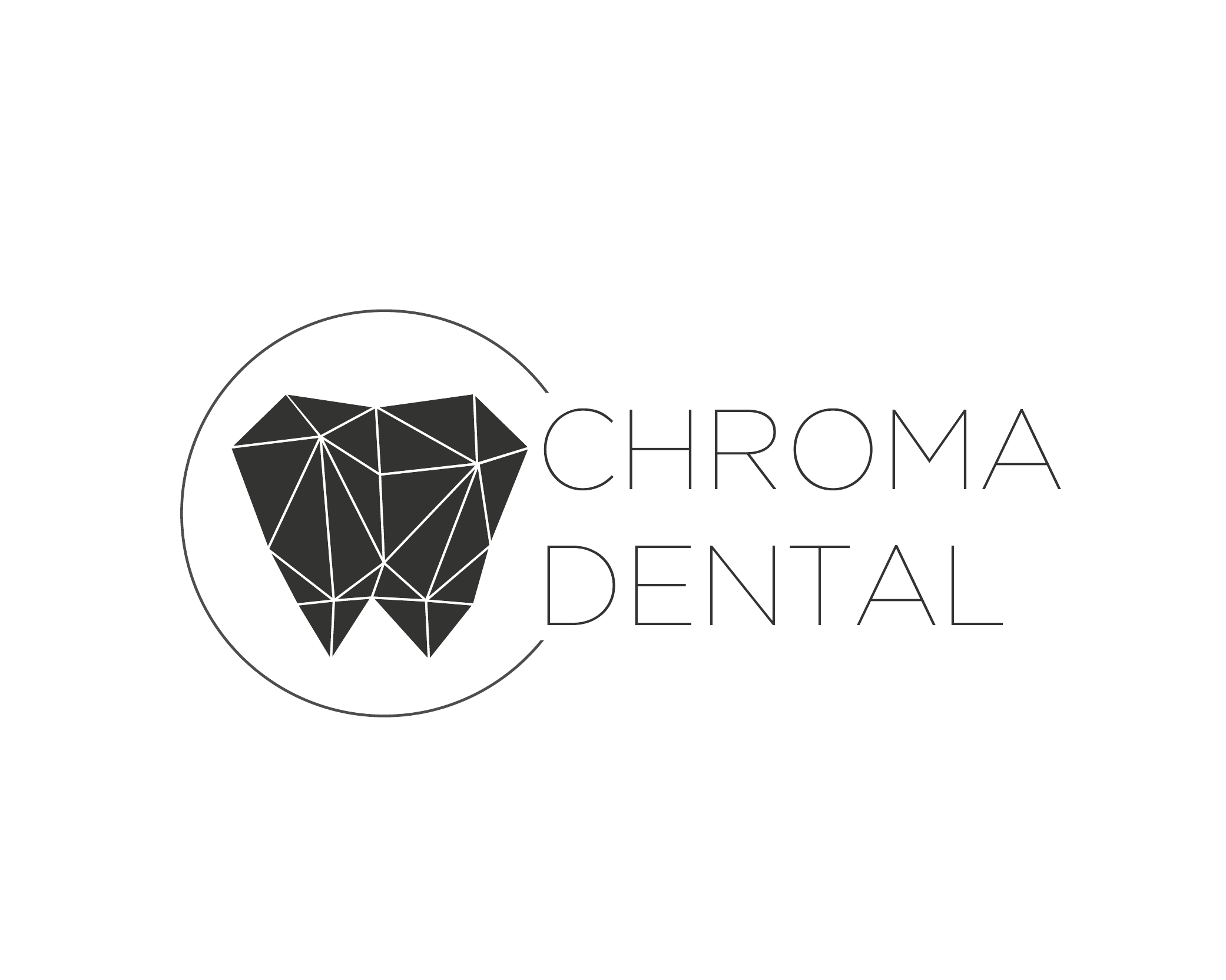Oral cancer remains a serious public health concern, responsible for a notable share of cancer diagnoses each year. Early detection substantially improves treatment options and outcomes, which is why routine screening is a critical part of preventive dental care. During a screening, clinicians look for subtle tissue changes that are often painless—changes that patients may not notice until they become more advanced.
Screenings are not invasive and can be completed quickly during a routine dental visit. Identifying suspicious lesions or abnormalities at an early stage allows for faster referral and diagnostic testing when needed, often before symptoms progress. Because survival rates and treatment complexity are closely tied to how early a lesion is found, screening transforms a standard exam into a potentially life-saving visit.
For patients, understanding that an oral cancer screen is a proactive measure—not a response to a problem—helps normalize the process. Integrating this check into regular dental care ensures that any concerning findings are caught and addressed promptly, reducing anxiety and improving the prospects for effective treatment when necessary.
Historically, older men with long-term tobacco or heavy alcohol use have been at highest risk for developing oral cancers, but the profile of affected individuals is evolving. Rates of cancers in the oropharyngeal region have increased in recent years in association with human papillomavirus (HPV) infection, which shifts some risk toward younger adults and alters screening considerations.
Other factors can increase a patient’s likelihood of developing oral cancer: significant sun exposure to the lips, a history of head and neck radiation, chronic irritation from poorly fitting dental appliances or broken teeth, and certain lifestyle or dietary patterns that compromise oral health. Immune suppression and some occupational exposures may also play a role.
Because risk is multifactorial, screening recommendations are individualized. Patients who have known risk factors should be particularly diligent about regular exams, but screening remains appropriate for virtually all adults as part of comprehensive oral care—especially since early-stage lesions are often symptomless.
A screening usually begins with a brief review of the patient’s medical and dental history to identify risk factors and any recent changes in health. The clinician will ask about symptoms that might indicate trouble—such as persistent mouth pain, unexplained lumps, sores that don’t heal, or changes in swallowing or speech—while noting relevant background details like tobacco or alcohol use and HPV history.
The physical exam focuses on a systematic inspection of the oral cavity and surrounding structures. This includes checking the lips, tongue (top, sides, and underside), gums, inner cheeks, floor and roof of the mouth, and the back of the throat. Palpation of the neck and jawline is also performed to detect enlarged lymph nodes or masses that could signify a deeper problem.
Some practices use adjunctive technologies—such as specialized lights or imaging aids—to enhance visualization, though an experienced clinical exam remains the cornerstone of screening. If anything suspicious is found, the clinician will discuss next steps, which may include observation, photographic documentation, referral for biopsy, or consultation with a head and neck specialist.
Not all oral cancers produce obvious symptoms early on, which is why routine screening is so important. When symptoms do appear, they can include a persistent sore or ulcer that doesn’t heal within two weeks, unexplained lumps or thickened areas in the mouth, persistent hoarseness or changes in voice, chronic sore throat, difficulty swallowing, or numbness in parts of the mouth or face.
Other warnings include unintentional bleeding from mouth tissues, white or red patches that persist after elimination of obvious causes, and unexplained tooth loosening. Because these signs can also result from benign conditions, a clinician’s assessment is essential to determine whether further diagnostic testing is warranted.
Patients should report any unusual oral changes to their dental provider without delay. Timely evaluation allows clinicians to distinguish harmless variations from lesions that need biopsy or specialist referral, minimizing delays that could affect outcomes.
Oral cancer screening is most effective when integrated into a broader preventive care strategy. Regular dental visits, professional cleanings, and risk-reduction counseling (for example, smoking cessation and safe practices regarding HPV) work together to lower the likelihood of disease and improve overall oral health. Educating patients about protective steps—like avoiding tobacco, moderating alcohol use, and practicing sun protection for the lips—complements clinical screening.
For individuals with identified risk factors or prior head and neck conditions, a tailored follow-up schedule and closer surveillance can be established. Collaboration between dental professionals, primary care providers, and head and neck specialists ensures that patients receive coordinated care when screening uncovers a concern.
When patients understand the role of screening within their larger health plan, they’re better equipped to participate in prevention and early detection efforts. Routine exams become a point of empowerment rather than just maintenance—an opportunity to safeguard long-term health through vigilant, informed care.
In summary, oral cancer screening is a straightforward but essential component of routine dental care. By detecting early changes that patients might not notice, screenings broaden the protective reach of regular checkups and improve the chances for timely, effective treatment. If you have questions about screening frequency, risk factors, or what to expect during an exam at our office, please contact us to learn more.
